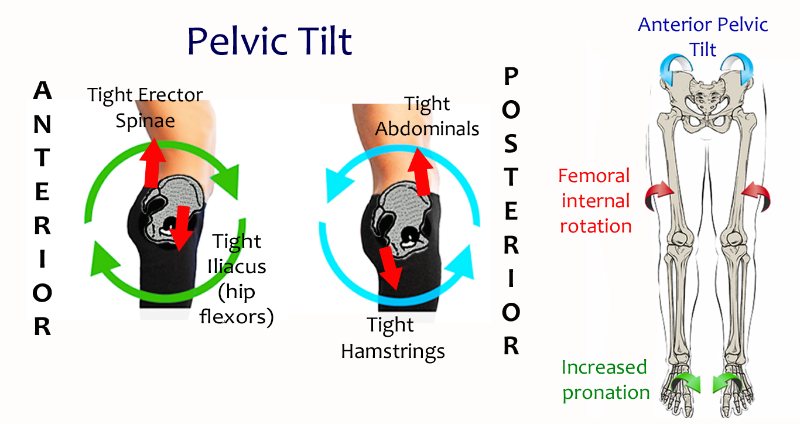Many women seek out chiropractic care during their pregnancies. As female bodies change and adapt to being pregnant, musculoskeletal problems can arise. Our Fort Collins chiropractors, Dr. Elise and Dr. Lara are specialized in caring for pregnant mothers; they help by relieving pain, decreasing back labor, speeding up labor, and balancing out the mother’s hips for optimal growth of the baby.
Chiropractic care and pregnancy go hand in hand. Below is a diagram of different ways to use kinesiotape to assist in what chiropractic care helps with. Many times patients and their spouses can use K-Tape completely on their own, after learning how to do it only once. If you have any questions about how kinesiotape works, please don’t hesitate to ask.




 Our bodies have an incredible ability to adapt to their environments and maintain a state of “ease” or balance. It is this balance or proper function that creates true health and well-being. However, physical, emotional and chemical stresses adversely affect our bodies’ ability to adapt and maintain this balance.
Our bodies have an incredible ability to adapt to their environments and maintain a state of “ease” or balance. It is this balance or proper function that creates true health and well-being. However, physical, emotional and chemical stresses adversely affect our bodies’ ability to adapt and maintain this balance.
